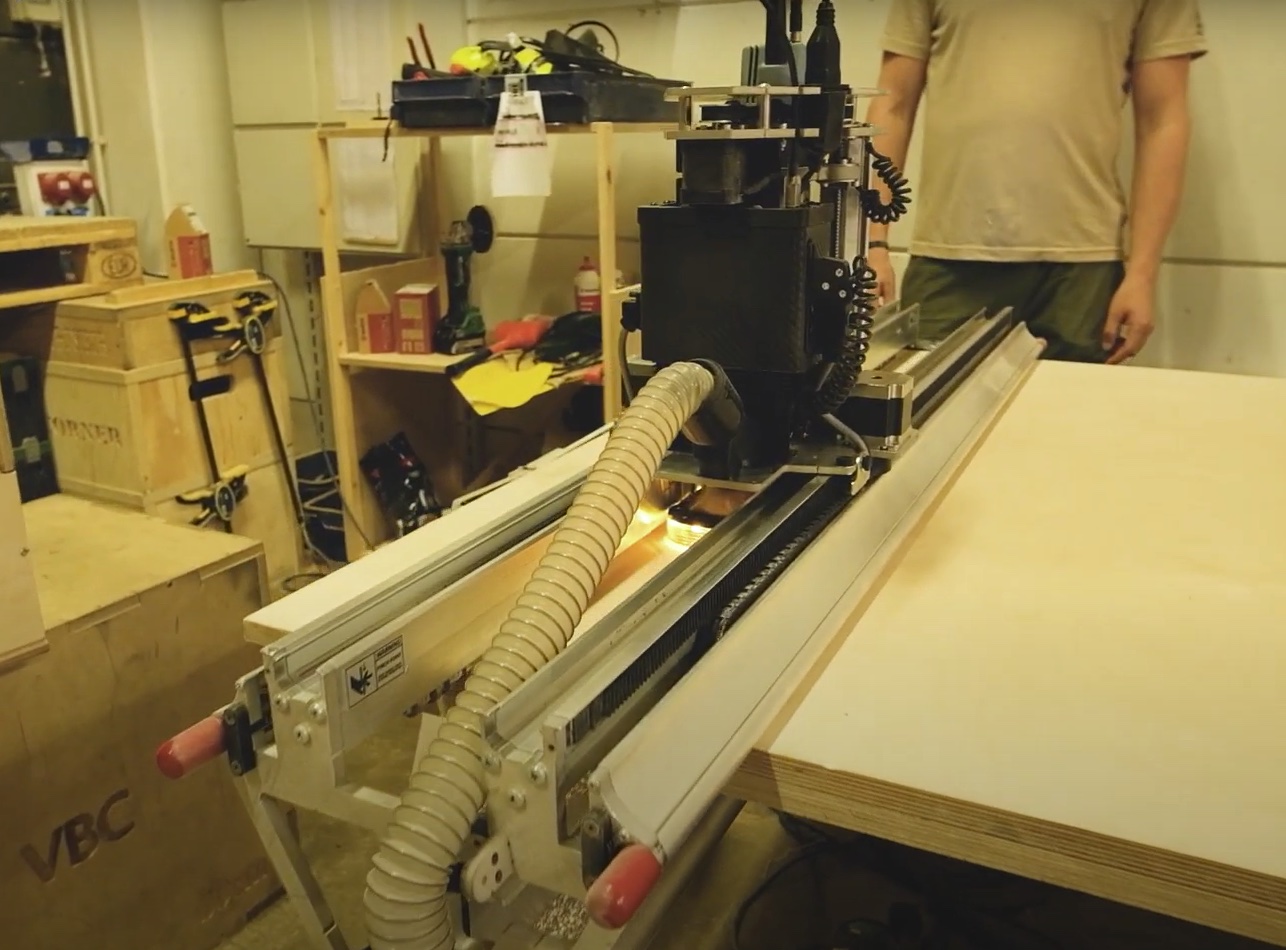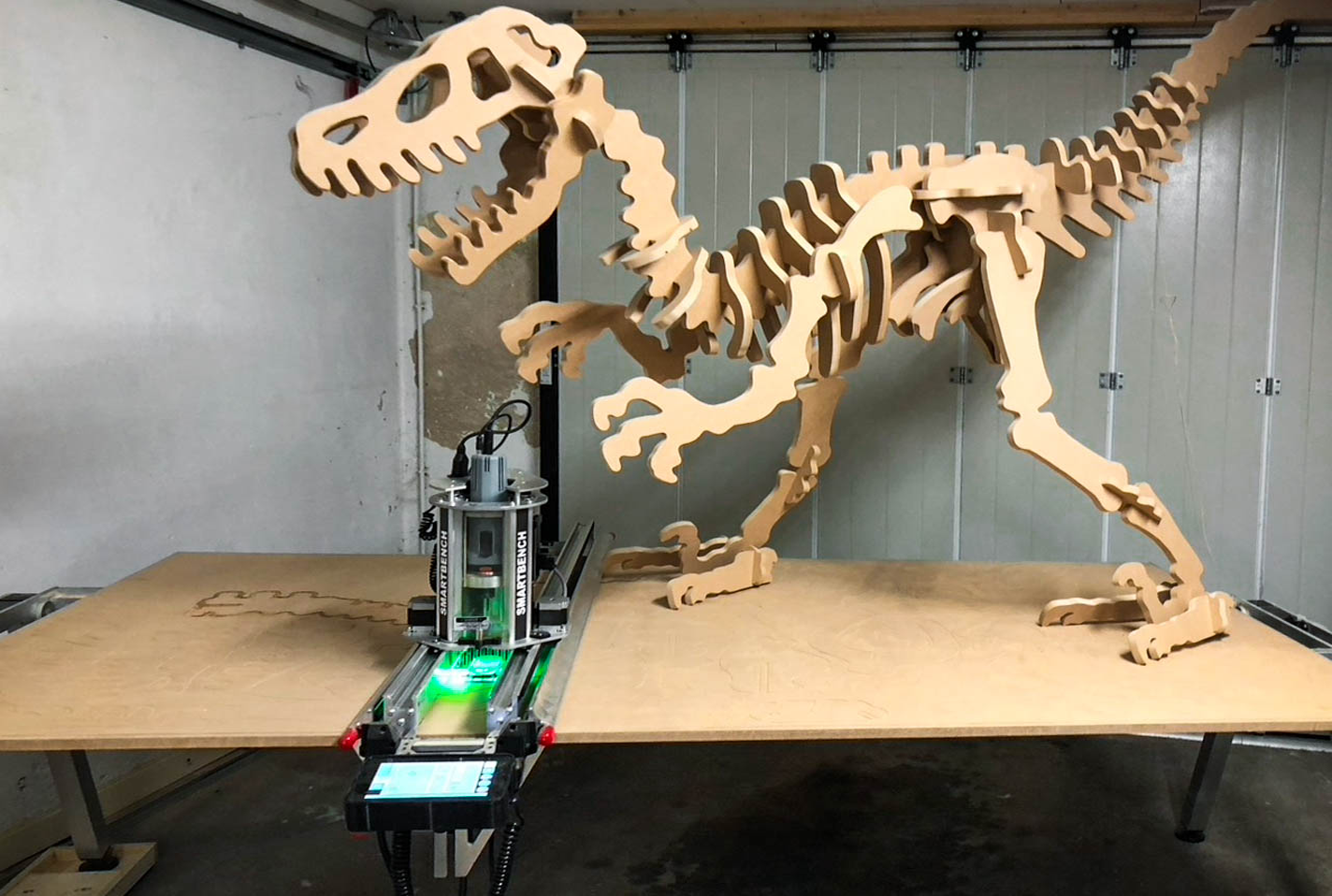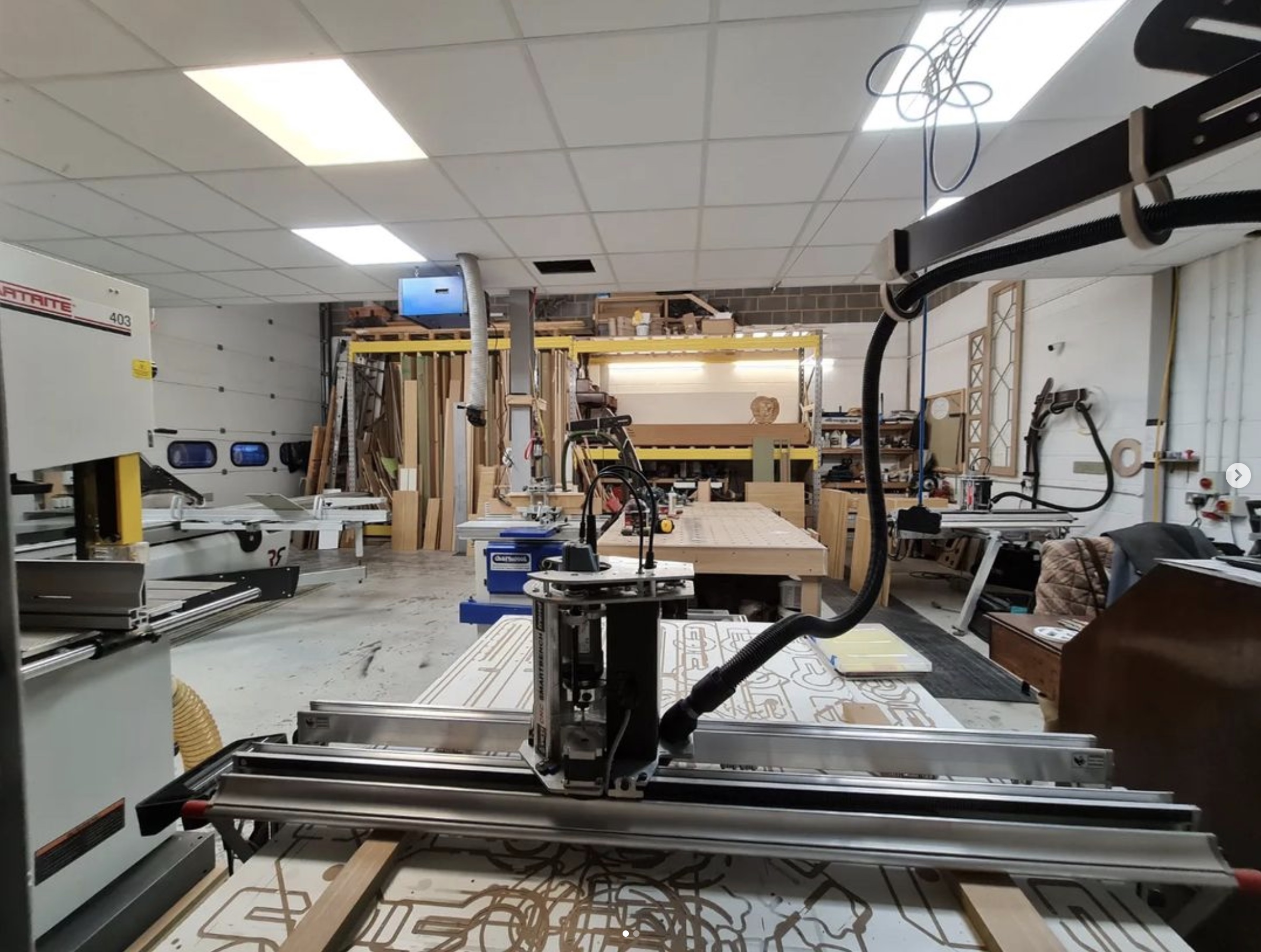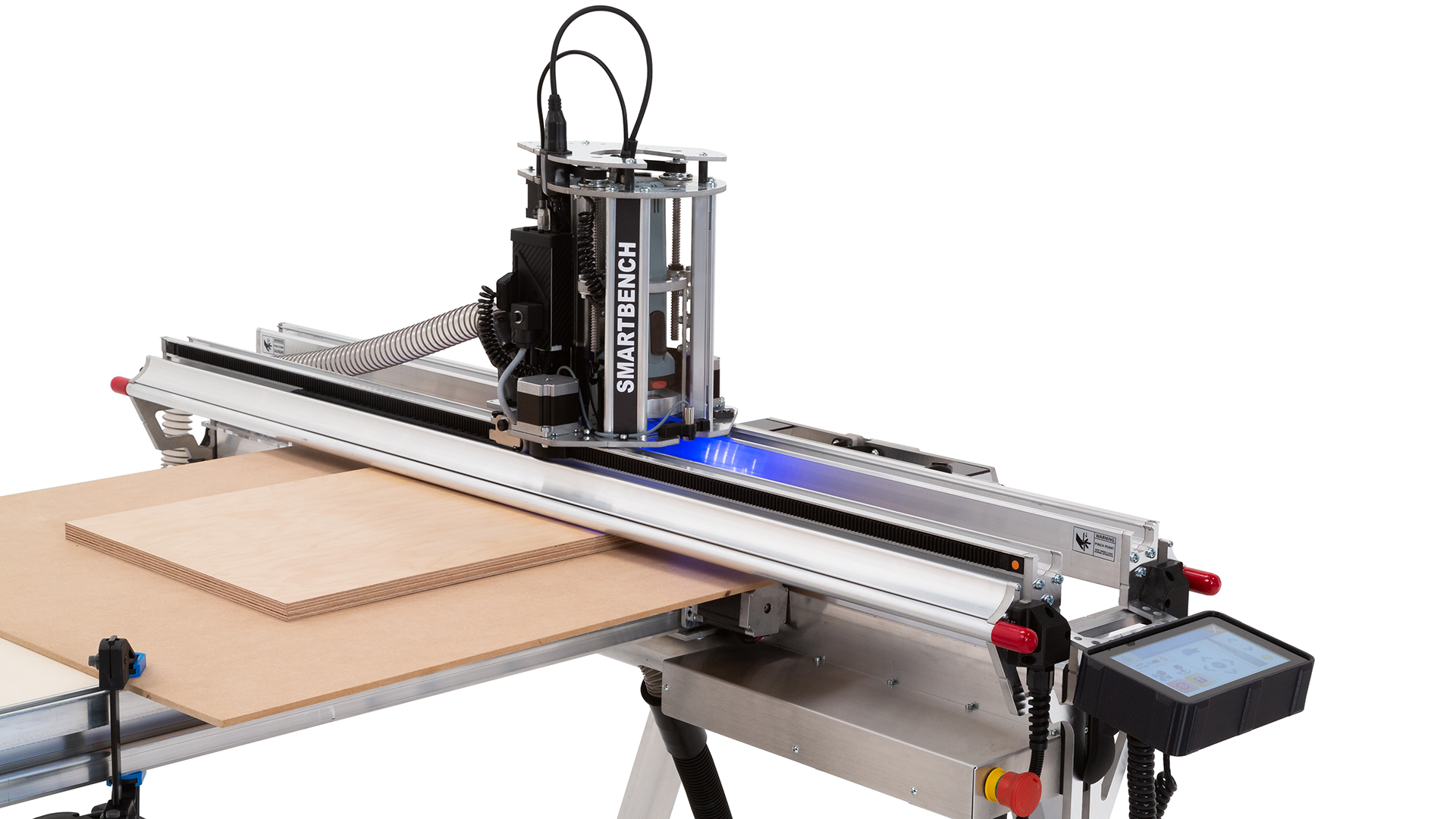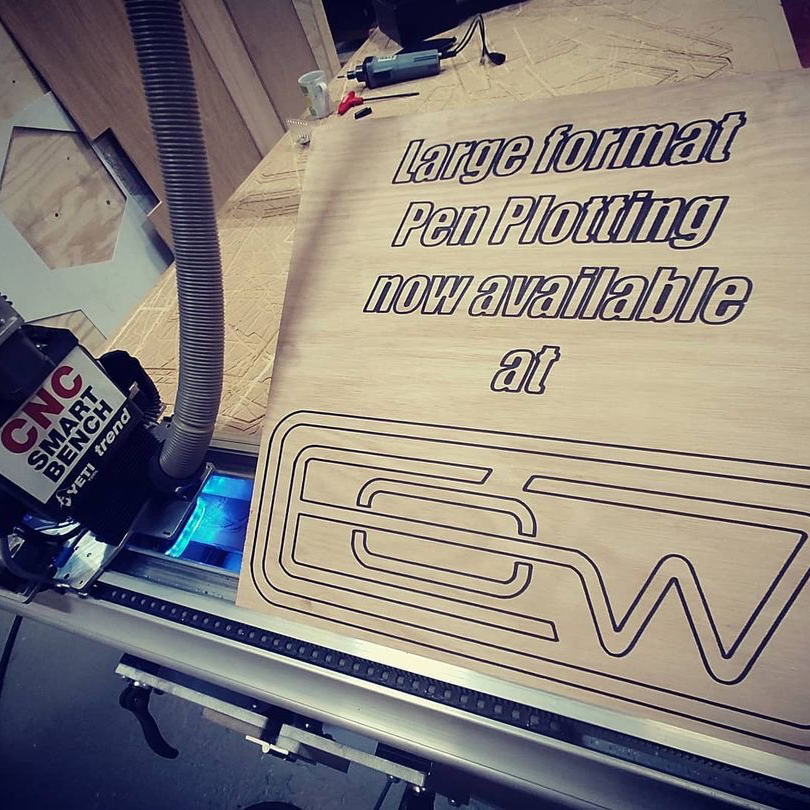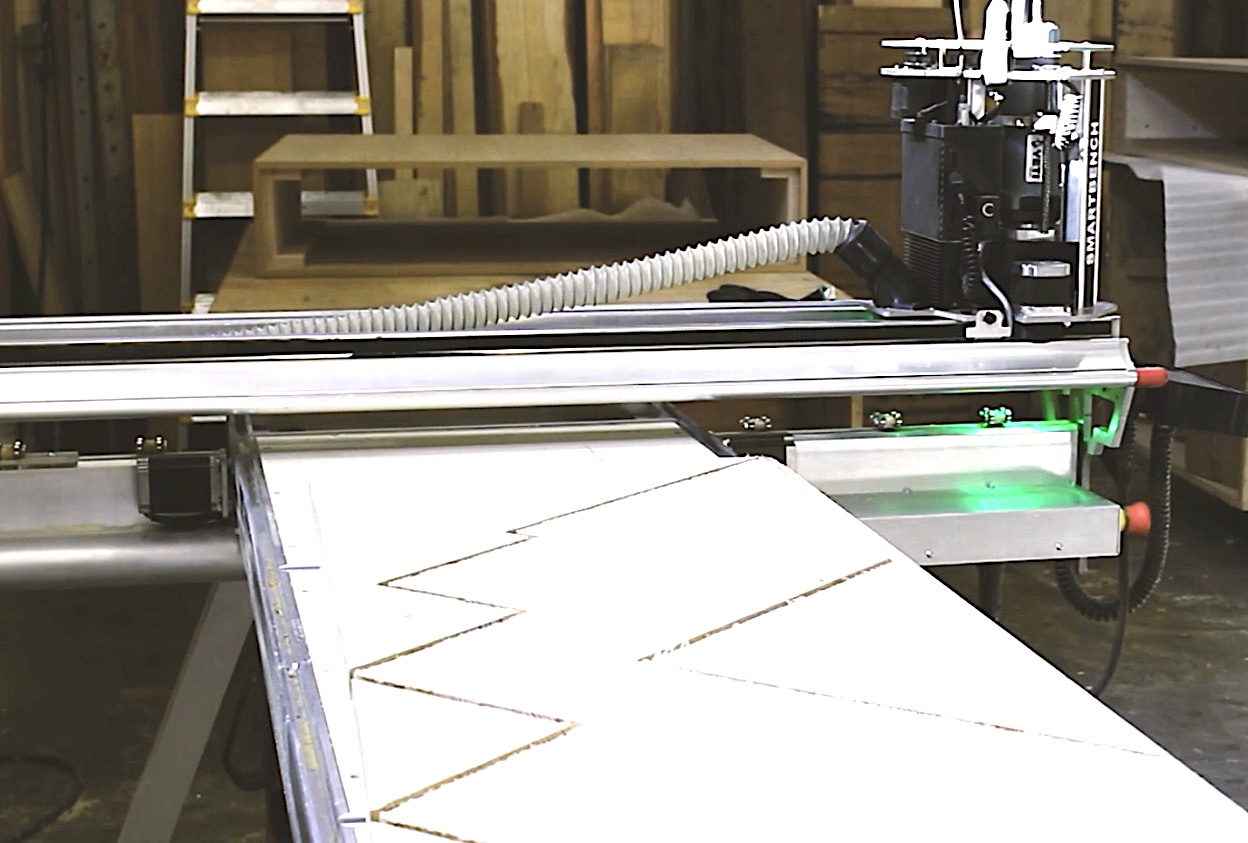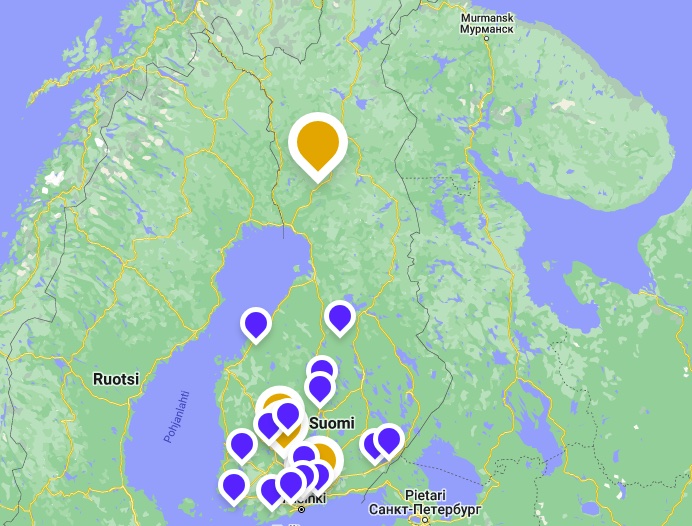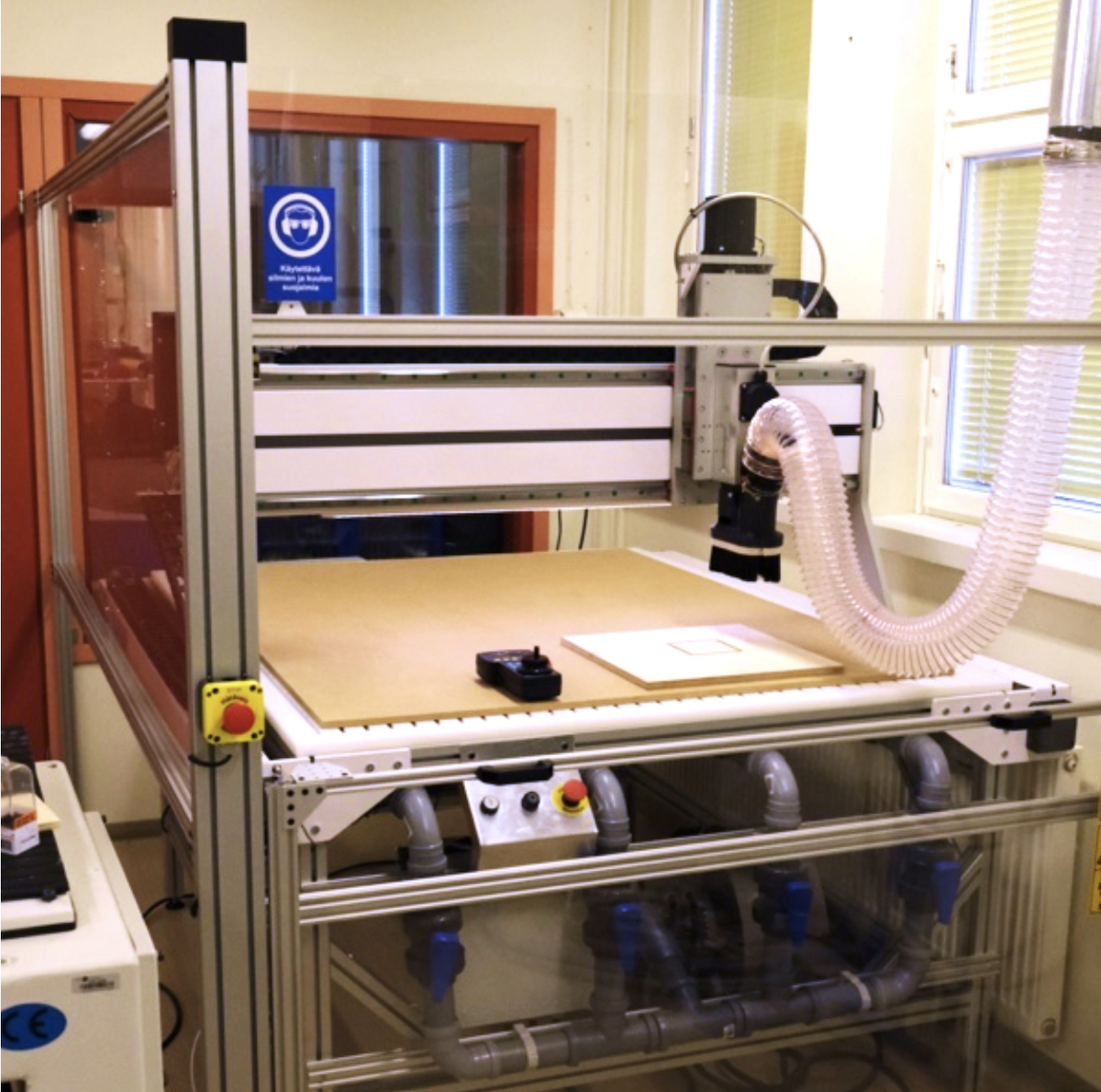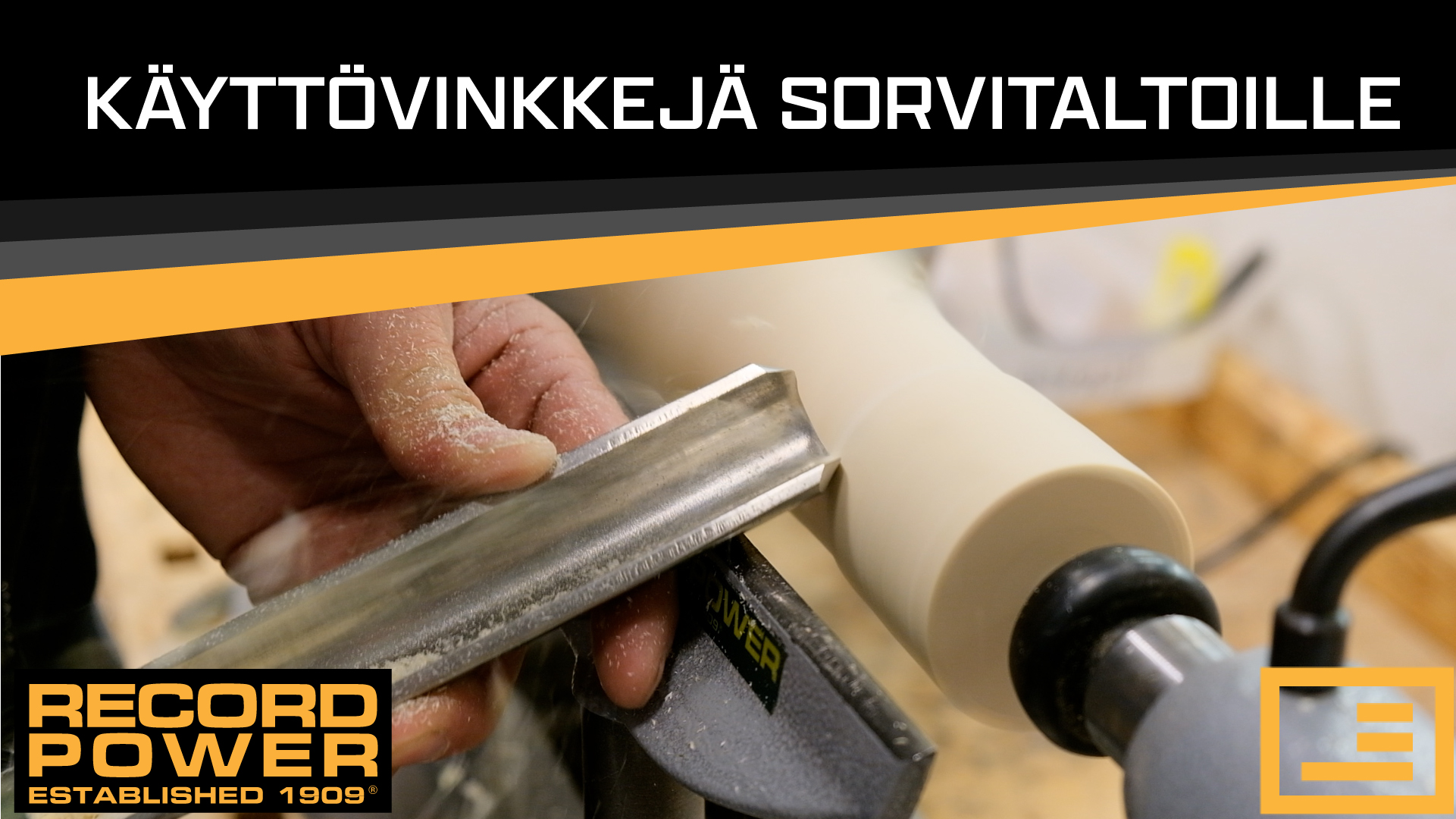WINTER CAMPAIGN - Selected Record Power machines and accessories with Special prices! - CHECK HERE
 READ MORE
READ MORE
WINTER CAMPAIGN - Selected Record Power machines and accessories with Special prices! - CHECK HERE
 READ MORE
READ MORE
 Login
Login

Feeds and speeds are some of the most important factors to consider when implementing any CNC strategy.
You enter the feeds and speeds into your tool settings within your CAM software.
Feed rate is the speed at which the cutter moves across the face of the material. It is measured in distance units per minute (e.g. millimeters per minute, or inches per minute).
We will refer to this as our movement speed in X/Y.
Spindle speed is the speed at which your cutting tool rotates. It is measured in RPM (revolutions per minute).
Feed direction is defined as either climb milling or conventional milling. Each definition simply describes the direction of the feed against the material, relative to the rotation of the cutter.
You will find this option in your CAM software as you define your toolpath strategies.
When the cutter is doing the deepest part of its cut, it is rotating against the direction of the X/Y travel (and is cutting least efficiently).
Note how the width of the chip starts from zero and increases as the cutter finishes slicing.

When the cutter is doing the deepest part of its cut, it is rotating with the direction of the X/Y travel (and is cutting most efficiently).
Note how the width of the chip starts at maximum and decreases.

We would recommend using climb milling on SmartBench whenever possible, because it requires less power to move the cutter through the material.
You may have some scenarios in which you may need to use conventional milling, such as improving accuracy or cutting certain materials.
 All of the values in our lookup tables are given using climb milling, so if you need to use conventional milling, then we would recommend reducing your feed rate by around 30% as a starting point.
All of the values in our lookup tables are given using climb milling, so if you need to use conventional milling, then we would recommend reducing your feed rate by around 30% as a starting point.
We have put together some recommended nominal feeds and speeds in order to get you started - you will be able to find the quick lookup tables at the end of this article.
A quick note on Feeds and Speeds Calculators:
 Traditionally, you would calculate the feeds and speeds for your CNC machine by measuring chip load and using a formula.
Traditionally, you would calculate the feeds and speeds for your CNC machine by measuring chip load and using a formula.
This approach does not work with SmartBench, so you will need to use the lookup tables as your starting point.
Before you start a job, you need to know when and how to adjust feeds and speeds. This will help you achieve the perfect finish.
 If you are trying something new (e.g. a new material or cutter) you can always cut a test piece first on some scrap material, and try adjusting feeds and speeds throughout the test.
If you are trying something new (e.g. a new material or cutter) you can always cut a test piece first on some scrap material, and try adjusting feeds and speeds throughout the test.
You should always check the condition of your cutter to ensure it is sharp and undamaged. Otherwise you might be trying to get the right feed and speed, when you should actually just change your cutter.
Always listen to the sound of the tool as it's cutting. If a router is working too hard you'll hear it, generally as a higher pitched noise.
If you have a Precision Pro model of SmartBench, you may see the spindle overload begin to increase on the console, normally starting at 20%. If it gets beyond that, it’s definitely time to adjust feeds and speeds!

Signs of overheating give you an indication of tool damage, or incorrect feeds and speeds. This means your cutter is rubbing rather than cutting.
A: Edge without signs of overheating.
B: Edge with signs of overheating.

A: Cutter in original good condition.
B: Cutter has been discoloured due to overheating.

Here is a problem solving map to help you if you start to have issues.
Image credit: CMT Orange tools
SmartBench gives you the ability to adjust your feeds and speeds at any time during the job. These can be changed in 5% increments to allow for fine adjustment.
We have tested a range of tools with a variety of common materials. We experimented with different feeds and speeds, and settled on some ballpark starting points.
This data is intended for a new SmartBench user.
Be aware that there are multiple factors to consider when choosing feeds and speeds.
The figures shown below are starting points, and you must be able to adjust from these points as required.
If you skipped the rest of this article to go straight to this section, make sure you go back and read the previous sections, so that you can adjust as needed.
Check the quick lookup tables for the following materials:
| CMT part number | Diameter (mm) | Shank (mm) | Type | Maximum Step Down / Step Over (mm) | Recommended Feed Rate (mm / min) | Recommended Spindle Speed (RPM) |
191.830.11 | 3 | 8 | Upcut Spiral | 1.5 | 2,000 | 18,000 |
191.860.11 | 6 | 8 | Upcut Spiral | 3 | 2,500 | 20,000 |
191.081.11 | 8 | 8 | Upcut Spiral | 4 | 3,000 | 22,000 |
914.060.11 | 3 | 8 | Round Nose | 1.5 | 2,000 | 18,000 |
915.001.11 | 6 | 8 | V - Groove | 2 | 2,000 | 20,000 |
| CMT part number | Diameter (mm) | Shank (mm) | Type | Maximum Step Down / Step Over (mm) | Recommended Feed Rate (mm / min) | Recommended Spindle Speed (RPM) |
191.830.11 | 3 | 8 | Upcut Spiral | 1.5 | 3,500 | 18,000 |
191.860.11 | 6 | 8 | Upcut Spiral | 3 | 3,000 | 20,000 |
191.081.11 | 8 | 8 | Upcut Spiral | 4 | 3,000 | 22,000 |
914.060.11 | 3 | 8 | Round Nose | 1.5 | 2,500 | 18,000 |
915.001.11 | 6 | 8 | V - Groove | 2 | 2,500 | 20,000 |
| CMT part number | Diameter (mm) | Shank (mm) | Type | Maximum Step Down / Step Over (mm)) | Recommended Feed Rate (mm / min) | Recommended Spindle Speed (RPM) |
191.830.11 | 3 | 8 | Upcut Spiral | 1.5 | 3,500 | 18,000 |
191.860.11 | 6 | 8 | Upcut Spiral | 3 | 3,000 | 20,000 |
191.081.11 | 8 | 8 | Upcut Spiral | 4 | 3,000 | 22,000 |
914.060.11 | 3 | 8 | Round Nose | 1.5 | 2,500 | 18,000 |
915.001.11 | 6 | 8 | V - Groove | 2 | 2,500 | 20,000 |
| CMT part number | Diameter (mm) | Shank (mm) | Type | Maximum Step Down / Step Over (mm) | Recommended Feed Rate (mm / min) | Recommended Spindle Speed (RPM) |
191.830.11 | 3 | 8 | Upcut Spiral | 1.5 | 300 | 18,000 |
191.860.11 | 6 | 8 | Upcut Spiral | 3 | 400 | 20,000 |
191.081.11 | 8 | 8 | Upcut Spiral | 4 | 600 | 22,000 |
914.060.11 | 3 | 8 | Round Nose | 1.5 | 300 | 18,000 |
915.001.11 | 6 | 8 | V - Groove | 2 | 300 | 20,000 |
| CMT part number | Diameter (mm) | Shank (mm) | Type | Maximum Step Down / Step Over (mm) | Recommended Feed Rate (mm / min) | Recommended Spindle Speed (RPM) |
191.830.11 | 3 | 8 | Upcut Spiral | 1.5 | 2,000 | 18,000 |
191.860.11 | 6 | 8 | Upcut Spiral | 3 | 2,500 | 20,000 |
191.081.11 | 8 | 8 | Upcut Spiral | 4 | 3,000 | 22,000 |
914.060.11 | 3 | 8 | Round Nose | 1.5 | 2,000 | 18,000 |
915.001.11 | 6 | 8 | V - Groove | 2 | 2,000 | 20,000 |
| CMT part number | Diameter (mm) | Shank (mm) | Type | Maximum Step Down / Step Over (mm) | Recommended Feed Rate (mm / min) | Recommended Spindle Speed (RPM) |
186.060.11 | 6 | 6 | Upcut Spiral | 0,8 | 460 | 16,000 |
| CMT part number | Diameter (mm) | Shank (mm) | Type | Maximum Step Down / Step Over (mm) | Recommended Feed Rate (mm / min) | Recommended Spindle Speed (RPM) |
| 151.080.25E | 8 | 8 | ACM | 2 | 800 | 16,000 |
Artikkeli on suomennettu Yeti Toolin CNC-akatemian artikkelista.
Artikkeliin :https://academy.yetitool.com/Course?courseId=15#plywood

100% Trustworthy online store with history
Expert customer service
Fast deliveries
Large selection directly from stock
No middlemen - save on the price
Learn about product use, demo videos, and the latest news and offers.
Order below and you will also receive discount points.
Hallitie 16 | Rovaniemi | Finland
045 4903310 (klo 10-15)
asiakaspalvelu (at) nettiverstas.fi
Customer service and sales:
Ma - Pe | 10.00 - 15.00
Webshop is open 24/7

